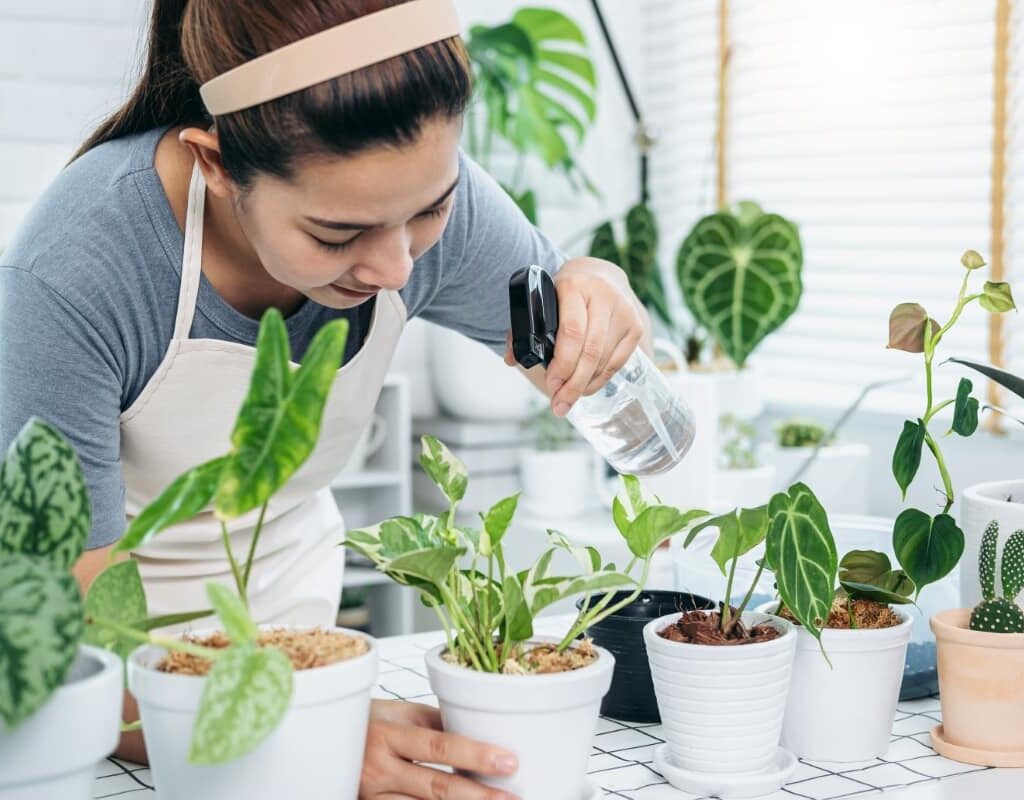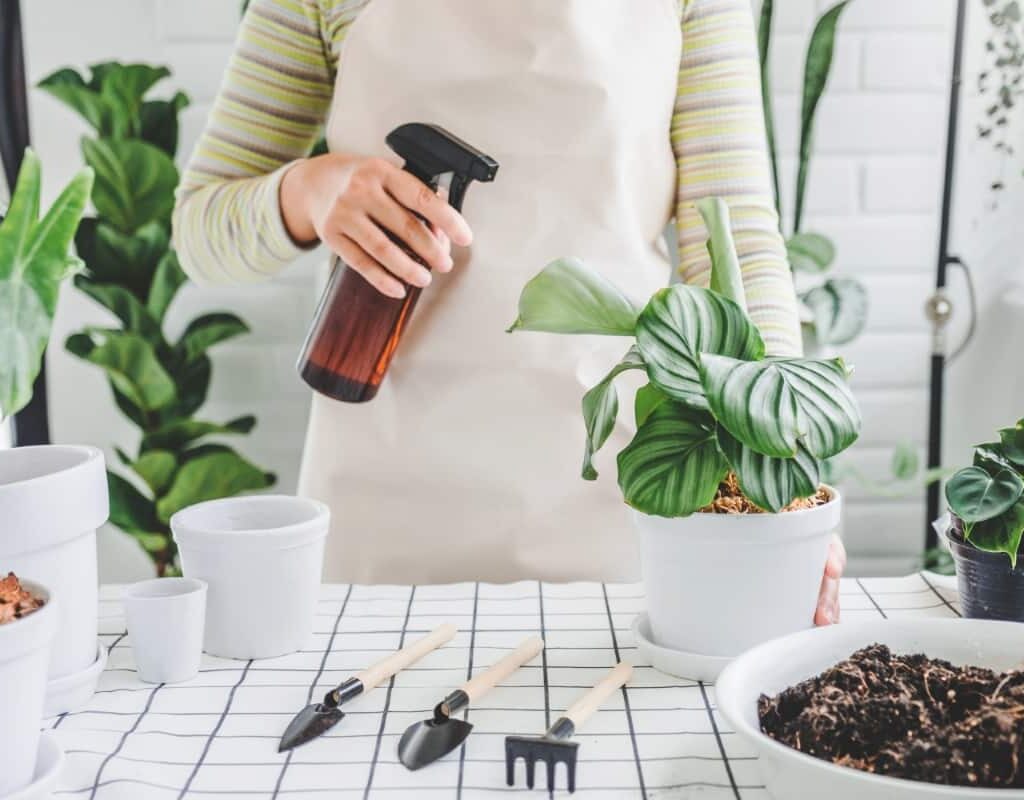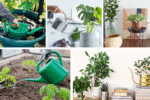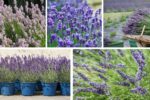Bringing nature indoors with houseplants not only beautifies your living space but also purifies the air, reduces stress, and boosts your mood. However, even the healthiest indoor plants can sometimes fall prey to unwelcome guests — tiny, sneaky pests that thrive in warm, sheltered environments.
The good news? You don’t need harsh chemicals to protect your plants. Organic pest control for indoor plants is safe, effective, and eco-friendly, ensuring your home stays healthy for both your plants and your family.
In this complete guide, we’ll cover how to identify common indoor plant pests, natural solutions to manage them, and proactive tips to prevent future infestations — all without resorting to synthetic pesticides.
Why Choose Organic Pest Control for Indoor Plants?

Indoor environments are shared spaces with children, pets, and yourself — and traditional chemical sprays can be harmful when used inside. Organic pest control:
- Is safer for people and pets
- Preserves beneficial insects if your plants move outdoors in summer
- Reduces environmental impact
- Maintains healthy soil microbes
- Prevents chemical resistance in pests
Best of all, it uses nature’s own ingredients and methods to tackle pest problems gently but effectively.
Common Indoor Plant Pests and How to Spot Them
Before you treat your plants, you need to know what you’re dealing with. Here’s a quick guide to the most frequent indoor plant pests:
1. Aphids
- Tiny, pear-shaped insects found on new growth and leaf undersides.
- Colors: green, black, white, or brown.
- Symptoms: Sticky leaves, curling foliage, yellowing, and stunted growth.
2. Spider Mites
- Microscopic, red or yellow dots often found on leaf undersides.
- Spin fine webs on plant stems and leaves.
- Symptoms: Pale, speckled leaves, leaf drop.
3. Mealybugs
- White, cotton-like clusters on stems, leaves, and leaf joints.
- Symptoms: Sticky residue, yellowing leaves, stunted growth.
4. Fungus Gnats
- Tiny, black flying insects hovering around soil.
- Larvae live in moist soil and feed on plant roots.
- Symptoms: Wilting, root damage in young plants.
5. Scale Insects
- Brown, shell-like bumps on stems and undersides of leaves.
- Symptoms: Yellowing, sticky residue (honeydew), and weak plants.
Organic Pest Control Solutions for Indoor Plants

Once identified, most indoor plant pests can be handled with gentle, natural remedies you likely already have at home.
1. Neem Oil Spray
Why it works:
Neem oil is a natural insecticide and fungicide derived from the neem tree. It disrupts pest lifecycles by interfering with reproduction and feeding.
How to use:
- Mix 1 tsp of cold-pressed neem oil with 1 liter of water.
- Add a few drops of mild liquid soap as an emulsifier.
- Spray on plant leaves (top and bottom) and stems weekly.
Effective against: Aphids, spider mites, mealybugs, scale, fungus gnats.
2 Insecticidal Soap
Why it works:
A simple, homemade soap spray breaks down pests’ protective outer layers, dehydrating them without harming plants.
How to use:
- Mix 1 tsp mild, unscented liquid soap (like Castile) in 1 liter of water.
- Spray directly onto pests every 5–7 days until resolved.
Effective against: Aphids, spider mites, mealybugs, scale.
3. Rubbing Alcohol (Isopropyl Alcohol)
Why it works:
Alcohol dissolves soft-bodied insects on contact.
How to use:
- Dip a cotton swab in 70% isopropyl alcohol.
- Dab directly onto visible mealybugs, aphids, or scale.
- For larger infestations, dilute 1 part alcohol to 3 parts water and spray.
Effective against: Mealybugs, aphids, spider mites, scale.
4. Diatomaceous Earth (Food-Grade)
Why it works:
This fine, natural powder damages insects’ exoskeletons, causing dehydration.
How to use:
- Lightly dust the soil surface.
- Avoid applying on damp soil.
Effective against: Fungus gnat larvae, aphids, spider mites.
5. Cinnamon Powder
Why it works:
A natural antifungal and mild pest deterrent.
How to use:
- Sprinkle cinnamon powder on soil to combat fungal growth and deter fungus gnats.
6. Sticky Traps

Why it works:
Bright yellow sticky cards attract and trap flying pests like fungus gnats and whiteflies.
How to use:
- Place traps near plant soil or hang from plant stems.
- Replace as they fill up.
7. Essential Oil Sprays
Why it works:
Oils like peppermint, rosemary, and tea tree repel many common pests.
How to use:
- Mix 5 drops of essential oil with 1 liter of water and a few drops of soap.
- Spray on foliage, avoiding sensitive plant species.
Effective against: Aphids, spider mites, mealybugs.
Preventing Pest Problems Naturally

An ounce of prevention is worth a pound of cure. Follow these tips to keep your indoor plant collection pest-free:
1. Quarantine New Plants
Keep new plants isolated for 2 weeks before placing them near others.
2. Avoid Overwatering
Most pests love moist, soggy soil. Allow the top inch of soil to dry out between waterings.
3. Regularly Inspect Plants
Check leaves (especially undersides), stems, and soil weekly for early signs of pests.
4. Clean Plant Leaves
Wipe leaves occasionally with a damp cloth to remove dust and lurking pests.
5. Use Well-Draining Soil
Good soil prevents standing water and reduces fungus gnat problems.
6. Remove Dead Leaves and Debris
Fallen plant material encourages mold, fungus, and insects.
Bonus: Beneficial Insects Indoors

If your indoor space allows, you can introduce beneficial predators like ladybugs or predatory mites to manage outbreaks naturally. Use with caution in tightly sealed indoor environments.
Final Thoughts
Indoor plant pests are a common issue for even the most careful plant owners. But with a bit of awareness, early detection, and organic pest control methods, you can protect your plant babies safely and naturally.
Whether using neem oil, insecticidal soap, or simple household remedies like cinnamon and alcohol, you have plenty of gentle, effective options to tackle unwelcome bugs while keeping your home healthy and chemical-free.
The key is consistency and prevention. Regular care and natural solutions will keep your indoor jungle thriving and pest-free. So go ahead — mist those leaves, check those stems, and enjoy a beautiful, bug-free indoor garden!





